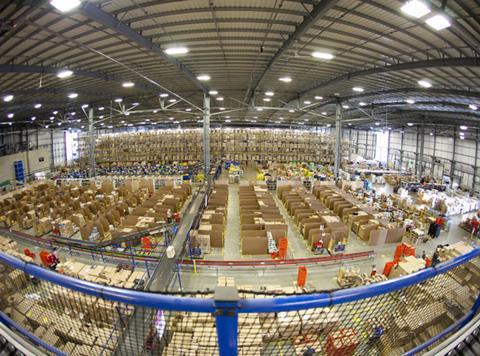
The warehousing and logistics sector is warning “eye-watering increases” in business rates due to come into force next April will lead to increased food prices and supply chain disruption.
The government this month published its draft rating list for next year’s revaluation of business rates. According to the Valuation Office Agency (VOA), the industrial sector will be hit with an average 27.1% increase in rateable value, on which business rates are based – the largest increase of all sectors. By comparison, the retail sector on average will see a 10% decrease in these values, with some locations dropping by more than 40%.
The logistics sector is hardest hit – dubbed the “losers” of the change by Colliers – because of the point in time property values have been taken: April 2021.
This antecedent valuation date is hugely “unfair”, said UK Warehousing Association CEO Clare Bottle.
“Warehousing was propping up the economy during lockdown and consequently property values were disproportionately high compared to other sectors, such as high street retail and offices, where rental prices were correspondingly depressed by the economic impact of the pandemic,” she explained. “Basing business rates on these property values puts warehousing at a significant disadvantage.”
This date – when city centre retailers saw diminished footfall as a result of the Covid pandemic – means in locations such as Oxford Street in London, rateable values have fallen by around 30%, according to Colliers analysis. Some stores, such as Selfridges, have seen its rateable value drop 45% from £30.5m to £16.8m with the new list.
“The rapid rise of e-commerce during the pandemic, and the race for space to satisfy demand during Covid restrictions, hugely and temporarily distorted the property market, now putting occupiers of industrial buildings at risk of financial collapse with huge hikes in tax next year amid soaring costs,” said Robert Hayton, UK president of Altus Group.
This “market distortion” applied across the whole sector will “likely lead to hardship for many struggling businesses” he added.
The British Frozen Food Federation (BFFF) CEO Rupert Ashby said the frozen food industry was “already under immense financial pressure due to the increase in energy and fuel prices”.
“If the rateable value of industrial properties increases at the expected rate, the price of frozen food will inevitably have to increase and many families across the country will have to choose between heating and eating,” Ashby said.
Alex Knowles, MD of Knowles Transport, a warehousing and distribution provider for food and drink manufacturers, said increased storage costs for third-party logistics providers would “inevitably” be passed on to customers.
“This, compounded by low warehouse availability and sky-high construction costs, means third-party logistics providers are under a lot of pressure in terms of providing cost-effective storage solutions to customers,” he added.
The more than 550,000 industrial buildings across England and Wales will see overall rateable value rise £3.9bn, from £14.6bn to £18.5bn, under next year’s revaluation.
Analysis by Altus Group shows Amazon’s fulfilment centres, data centres, corporate offices, tech hubs, delivery stations and headquarters in England and Wales will see total rateable value rocket by £56.2m, up 35% from £160.6m to £216.8m, next April. The group calculates the online giant will spend £100m in extra tax over the three years of the new cycle.
While bigger players will see bigger rates bills, the hike could be devastating for smaller businesses in the sector, Hayton added.
“Most industrial buildings aren’t big sheds occupied by online retailers but house economy incubators, startups, and employment supporting manufacturers. It feels like the valuers of the new draft lists have deployed a one-size-fits-all approach, and this could be hugely damaging,” he said.
Some cushion to the blow of increased rates has been put forward by the government. In the autumn statement, the chancellor announced upward transitional relief caps to support ratepayers facing large bill increases following the revaluation, with £1.6bn of support funded by the Exchequer, which will spread out the increases for large logistics facilities.
The introduction of upward caps of 5%,15% and 30% for small, medium and large properties in 2023-24 will also reduce the pain and will be applied before any other reliefs. Occupiers of industrial and logistics properties will therefore receive some sort of support.
“Many occupiers of these properties were aware they had been paying too little for too long in terms of business rates, particularly given the extension of the list to six years, and have been preparing to see substantial rises,” said John Webber, head of business rates at Colliers. “Now businesses in the sector have certainty to plan for the year ahead.”
However, Bottle argued that in previous years upward caps of 10% plus inflation were applied, “so the 30% cap for large buildings is much less helpful than we hoped for, and the assumption that companies with larger buildings need less support indicates contempt for our sector”.
“Third-party warehousing service providers with typically low profit margins are facing untenable increases in rents, labour costs and energy costs already. Adding such eye-watering increases in business rates with so little transitional relief will force some out of business, leading to supply chain disruption, which has the potential to damage the economy,” Bottle added.








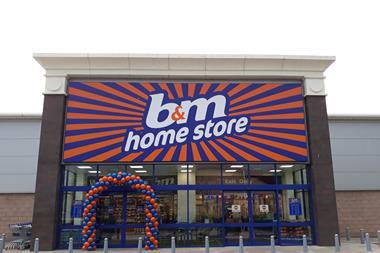

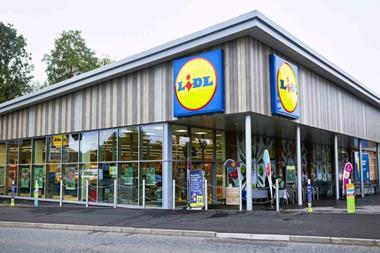
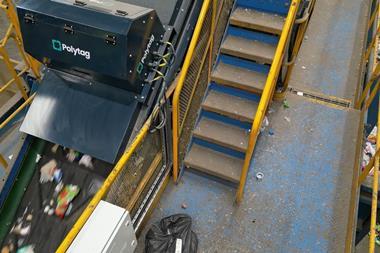
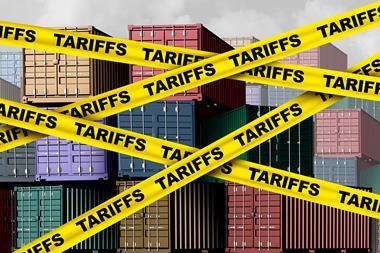

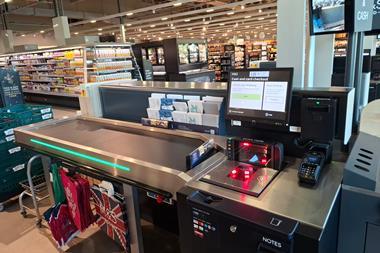


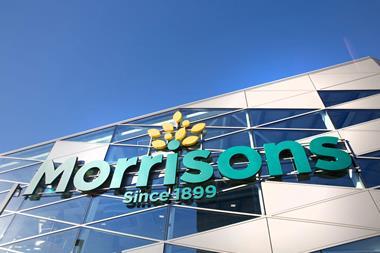

No comments yet